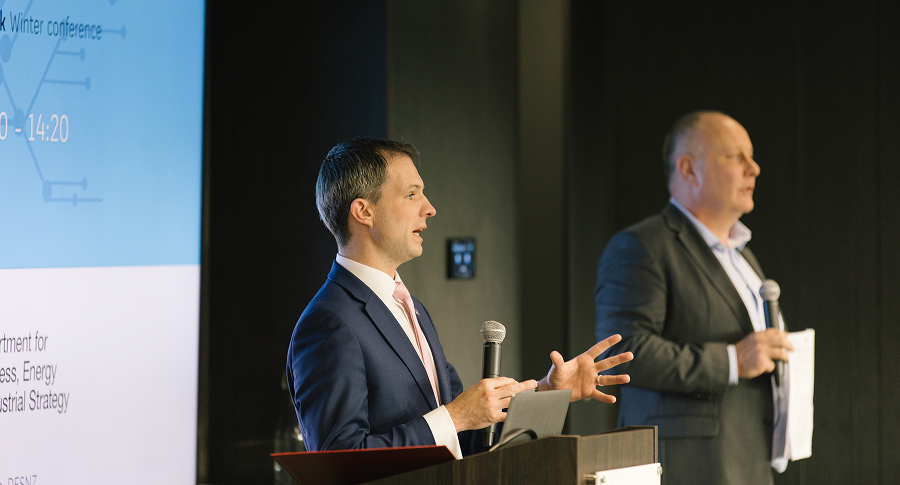Regen supports planning reforms that accelerate the energy transition by creating a simpler, faster planning process aligned with nature recovery goals. Here, Holly Hoban summarises our response to the government working paper.

Regen supports planning reforms that accelerate the energy transition by creating a simpler, faster planning process aligned with nature recovery goals. Here, Holly Hoban summarises our response to the government working paper.

To meet the government’s target of 95% clean power by 2030, new energy infrastructure, including renewable generation, storage and networks, needs to be developed at scale and speed. The UK government’s Planning Reform Working Paper: Development and Nature Recovery aims to make development faster and simpler while also improving outcomes for nature through a more strategic approach to mitigating certain environmental impacts.
Under the current planning system, environmental mitigation is delivered using a project-by-project approach, with developers responsible for mitigating or compensating for significant environmental impacts, and planning authorities required to review, approve and enforce these actions. By adopting a more strategic approach to mitigating certain impacts, planning applications could be simpler to create, assess and enforce, and development could move beyond offsetting impacts to driving joined-up, effective nature recovery.
Alongside this change, on-site measures to protect and enhance nature will remain important, informed by good community engagement and the mitigation hierarchy, which prioritises avoiding, minimising, mitigating and compensating ecological harm, in that order.
The working paper proposes that ‘Delivery Plans’ be used to set out these strategic approaches, overseen by a delivery body (such as Natural England), delivered in partnership with private providers and land managers, and financed by developers paying contributions to a Nature Restoration Fund, potentially alongside some government funding. Mitigation not included under Delivery Plans will still be addressed onsite by developers, possibly through Environmental Outcome Reports, and no impacts on biodiversity net gain are anticipated.
It’s encouraging to see a focus on improving efficiency and avoiding duplication, particularly by leveraging existing datasets and aligning with established environmental initiatives.
Further clarity is needed on several aspects outlined in the working paper. Regen’s response highlights five key recommendations:
Divisive rhetorics of development versus nature must be avoided if Britain is to fulfil its ambitions for energy, housing, agriculture and nature. While energy infrastructure currently takes up less than 0.2% of England’s land, it offers exciting opportunities for integrating agriculture and biodiversity, delivering direct local benefits as well as protecting nature globally by tackling climate change. Well-designed developments that support wider nature restoration will be key to long-term sustainability, delivering significant benefits for people, nature and the energy system.
Regen will continue to feed into work and discussions around the planning system and how it can best support renewable energy projects which benefit communities and nature, including by responding to the new Land Use Consultation. If you’re interested in keeping up to date with our work in this area, please register for our next Planning Working Group meeting on 15 May.
Sign up to receive our monthly newsletter containing industry insights, our latest research and upcoming events.